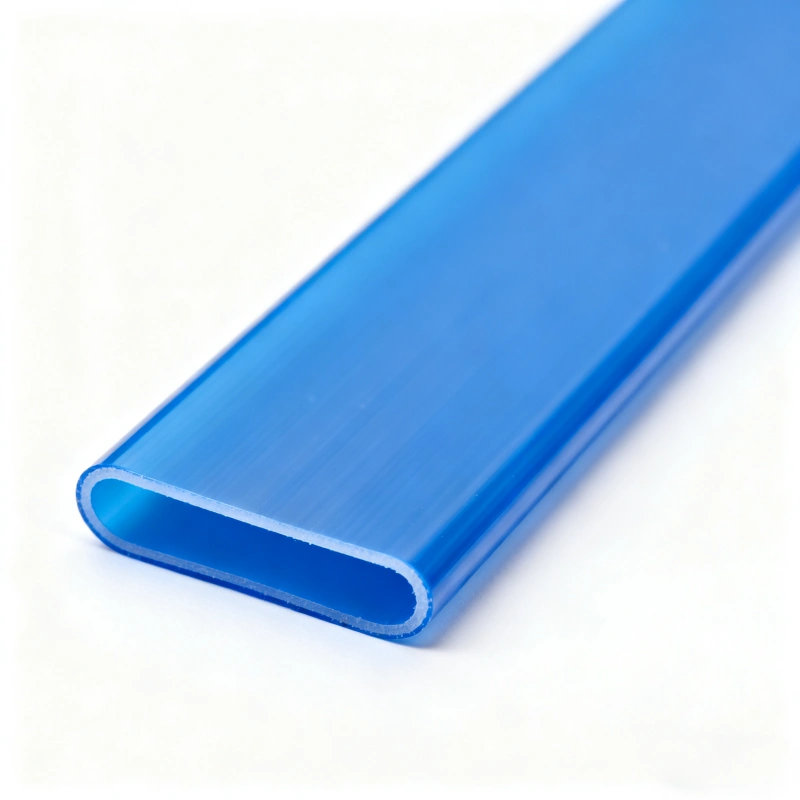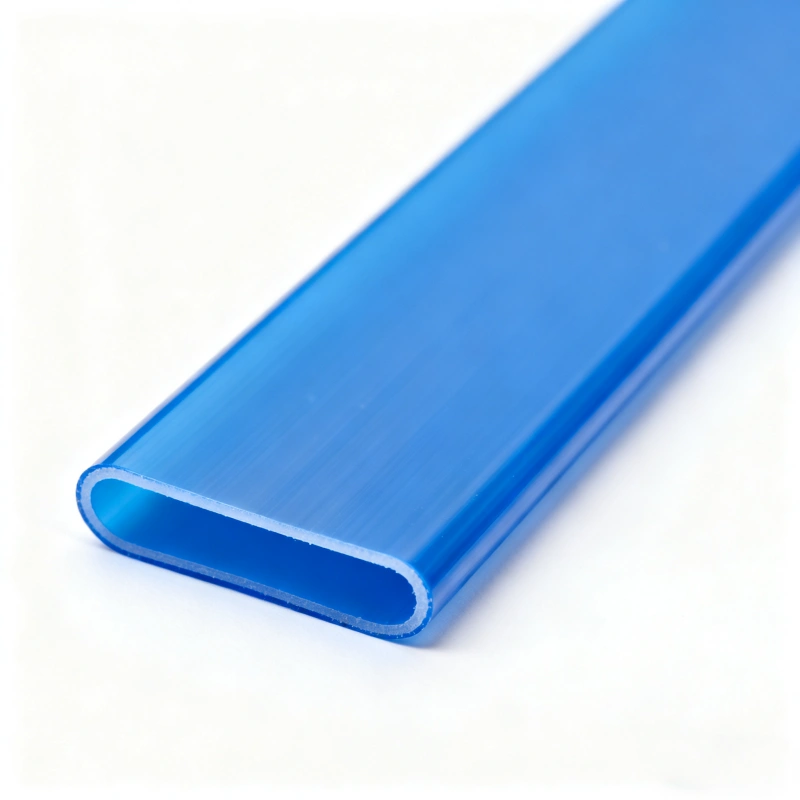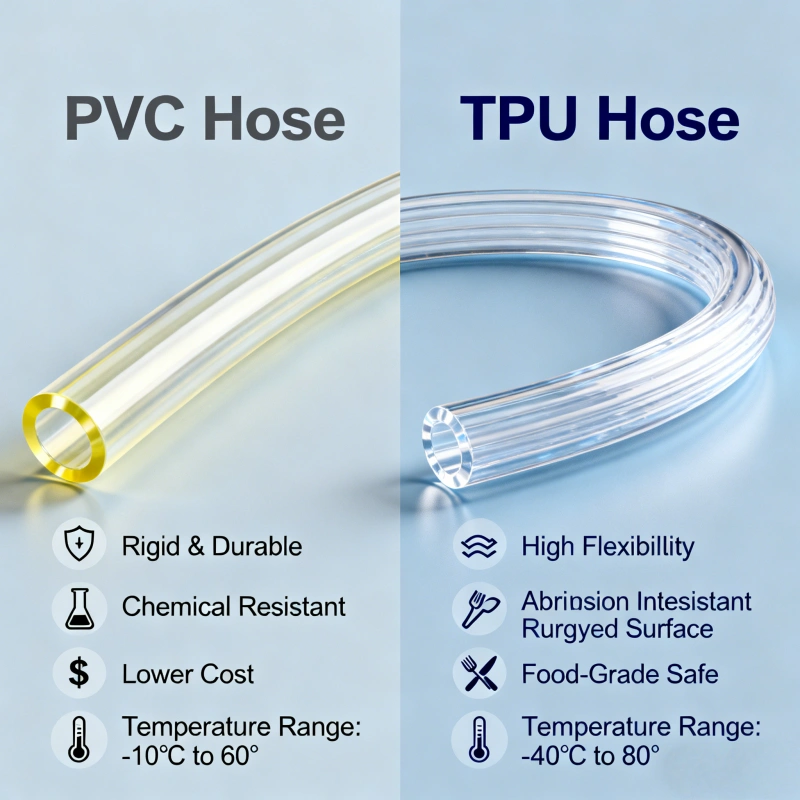3 Inch Lay Flat Hose 100m: Complete 2025 Guide for Buyers, Farmers & Contractors
A 3 Inch Lay Flat Hose (100m) is a dependable, long-range water transfer solution built for farms, job sites, factories, and emergency situations.

A 3 inch lay flat hose (100m) is designed for long-distance water transfer, dewatering, irrigation, and industrial discharge. The hose collapses flat when not in use, rolls neatly into a compact bundle, and expands instantly when the pump kicks in. For users who value long runs without constant couplings, the 100-meter length is ideal.
This article covers specifications, materials, advantages, applications, price expectations, and tips for choosing the right hose.
What Is a 3 Inch Lay Flat Hose (100m)?
It’s a flexible discharge hose with a 3-inch inner diameter and a total length of 100 meters. When laid flat, it takes very little space; when pressurized, it becomes a robust pipeline capable of moving over 270–350 gallons per minute depending on the pump.
A single 100-meter section reduces the need for mid-line connections, which means fewer leaks, fewer failures, and faster setup.If you also need a 2-Inch Lay Flat Hose: 2 Inch Lay Flat Hose 50m 100m: Complete Buying Guide, Specifications, and Applications

Core Specifications
Most quality 3-inch lay-flat hoses follow these ranges:
• Inner diameter: 76 mm (3 inch)
• Length: 100 m (328 ft)
• Working pressure: 45–150 PSI depending on material
• Burst pressure: 2.5–3× working pressure
• Wall thickness: 1.3–2.5 mm
• Temperature range:
PVC: –10°C to +60°C
TPU/Nitrile: –40°C to +90°C
• Standard couplings: Camlock, Bauer, or flange ends
Flow rate depends on pump power, but a typical 3-inch hose handles 1,000–1,400 L/min without breaking a sweat.
Material Options and Their Impact
PVC (Polyvinyl Chloride)
The most common choice. Lightweight, affordable, and used for agriculture, irrigation, and construction water discharge.
Strengths: Affordable, versatile
Weaknesses: Lower abrasion resistance and cold flexibility
TPU (Thermoplastic Polyurethane)
High-performance option for industries needing durability.
Strengths: Excellent abrasion resistance, high pressure, long lifespan
Weaknesses: Higher cost
Rubber/Nitrile
Heavy-duty hose often used in firefighting and mining.
Strengths: Heat resistance, extreme durability
Weaknesses: Heavier and more expensive
Each material has its personality, and the right one depends on where this 100-meter giant will live its life.
Why Choose a 100m Length?
A 100-meter hose isn’t just “long”—it solves multiple real-world problems.
Fewer joints — Less leakage risk
Faster setup — One roll beats connecting four 25m hoses
Better flow — Fewer restrictions along the run
Smoother movement — Especially on fields or construction sites
Space efficient — Rolls into a surprisingly manageable bundle
Most users say that switching from multiple short hoses to a single 100m line cuts setup time by 30–50% during irrigation or drainage.
Key Advantages of a 3 Inch Lay Flat Hose (100m)
• High water transfer capacity
• Easy to coil, carry, and store
• Quick deployment during emergencies
• Compatible with almost all portable water pumps
• Resistant to UV, weather, and mild chemicals (PVC)
• Strong tensile reinforcement from woven polyester fibers
It’s the balance of length, pressure capacity, and convenience that makes the 3-inch size a favorite in agriculture and construction.
Typical Applications
Agriculture
• Long-range irrigation
• Pond filling
• Fertilizer dilution water supply
• Field drainage after heavy rain
Farmers love the portability—one person can drag a 100m roll along the edge of a field and get the pump running fast.
Construction & Civil Engineering
• Dewatering basements and foundations
• Removing flood water from tunnels
• Temporary pipeline setups
• Moving slurry or sediment-laden water
The longer the job site, the more valuable a 100-meter hose becomes.
Industrial Uses
• Cooling water discharge
• Processing facilities
• Chemical plant drainage
• Temporary firewater lines
High-pressure TPU and nitrile versions are common in factories.
Emergency Services
• Flood control
• Fast water evacuation
• Temporary water supply routes
When water is rising, nobody wants to stop every 25 meters to connect another hose.
Durability & Real-World Performance
A PVC 3-inch hose typically lasts 2–3 years under regular outdoor use.
TPU or nitrile versions last 5–10 years in harsh conditions.
Field tests show that dragging PVC hose across rough gravel wears down the wall by about 0.15 mm per day during heavy usage, while TPU loses only 0.03–0.05 mm. That durability difference explains the higher upfront price.
Price Range (2025 Market Overview)
These are typical manufacturer-level prices:
• Standard PVC: $70–$120 per 100m
• Heavy-duty PVC: $150–$220 per 100m
• TPU reinforced: $380–$650 per 100m
• Nitrile/rubber: $450–$900 per 100m
Couplings, thickness, and pressure ratings affect final cost.
How to Choose the Right 3 Inch Lay Flat 100m Hose
When picking your hose, think of four things:
Pressure — Match or exceed your pump’s PSI
Terrain — TPU beats PVC if gravel and dragging are involved
Temperature — Cold climates prefer TPU or rubber
Budget — PVC is great for general use; TPU for high-demand jobs
If your water flow setup is long-distance and critical, the higher performance materials often pay for themselves through longevity and reduced failure.
Final Thoughts
A 3 Inch Lay Flat Hose (100m) is a dependable, long-range water transfer solution built for farms, job sites, factories, and emergency situations. Whether you’re moving irrigation water across a field or draining a massive construction pit, this hose gives you a simple formula: unroll, connect, pump, and watch the water move.
If you later want comparisons between 2-inch, 4-inch, or TPU vs PVC versions, each size has its own engineering flavor and practical tricks worth exploring.

